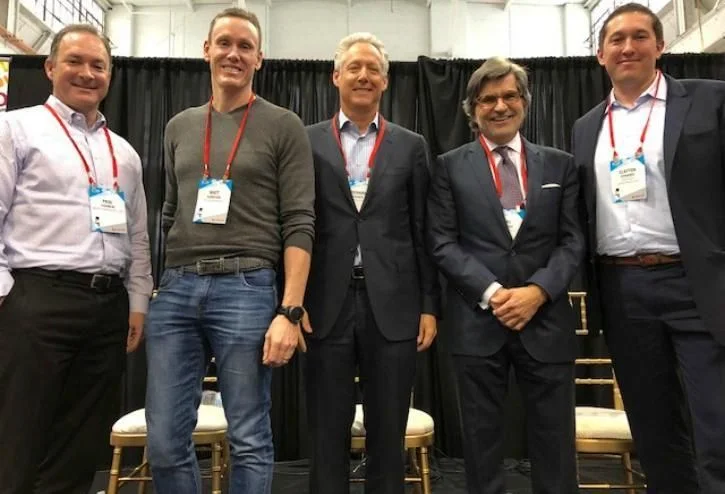Creative office is no longer a fad. Designers have found an equilibrium between open and private space as it has matured as a design class. Now, designers are learning to better determine what an end user wants from a new office, even when the end user may not know.
In a office landscape where companies are embracing design as a mission driver, Gensler principal Eric Gannon said designers often find themselves in the position of having to decode a company's workplace culture. A designer may meet with several different executives from a client over the course of a project, each with different requirements for what they want to see in a new office.
"It's a challenge to reflect the brand accurately. Getting a collective voice in for companies in the startup phase is essential for that," Gannon said.
At this stage in creative office's evolution, BOX Studios principal Daniel Kraiss said workplace design has embraced meaningful experiences for workers. It is no longer enough to install a pool table or pingpong table in an office and attract young talent. When design is authentic and meaningful, it becomes an extension of the workplace culture.

